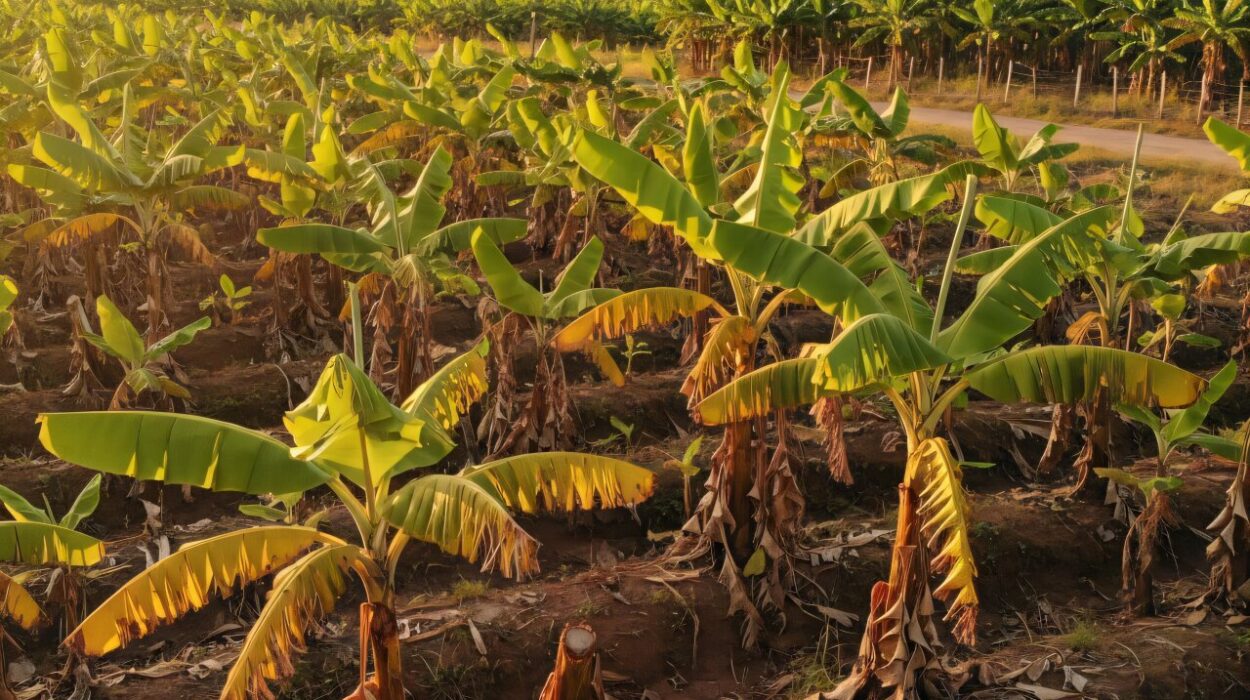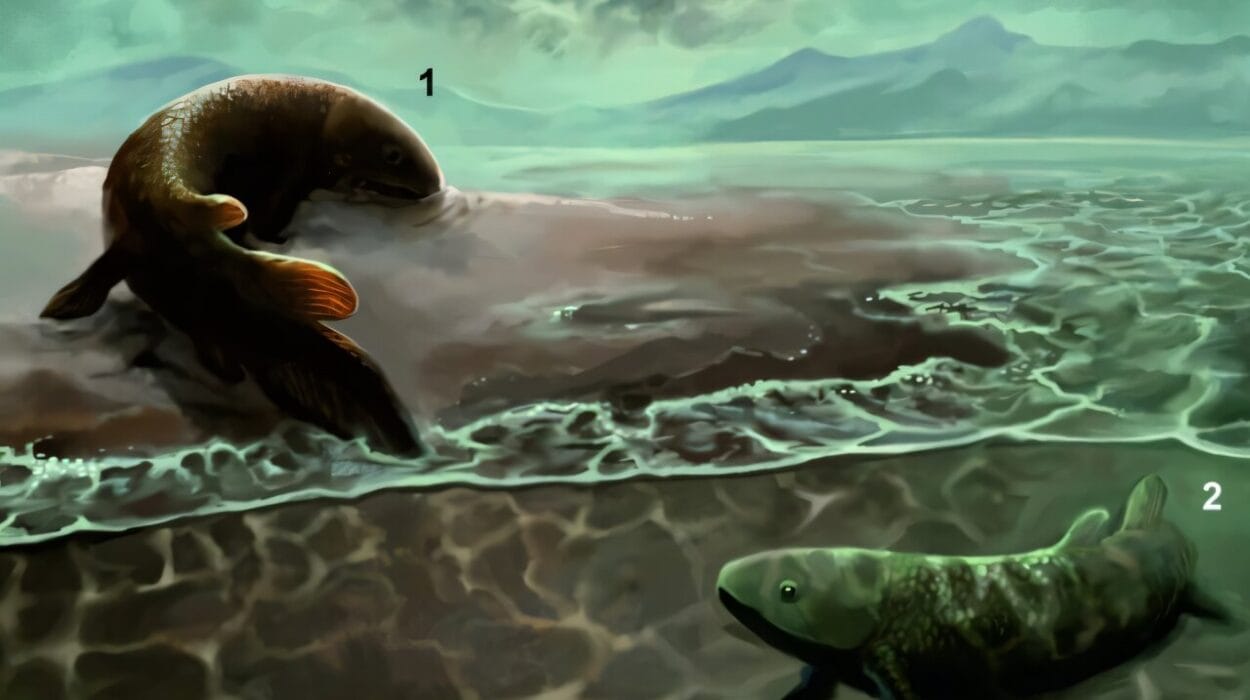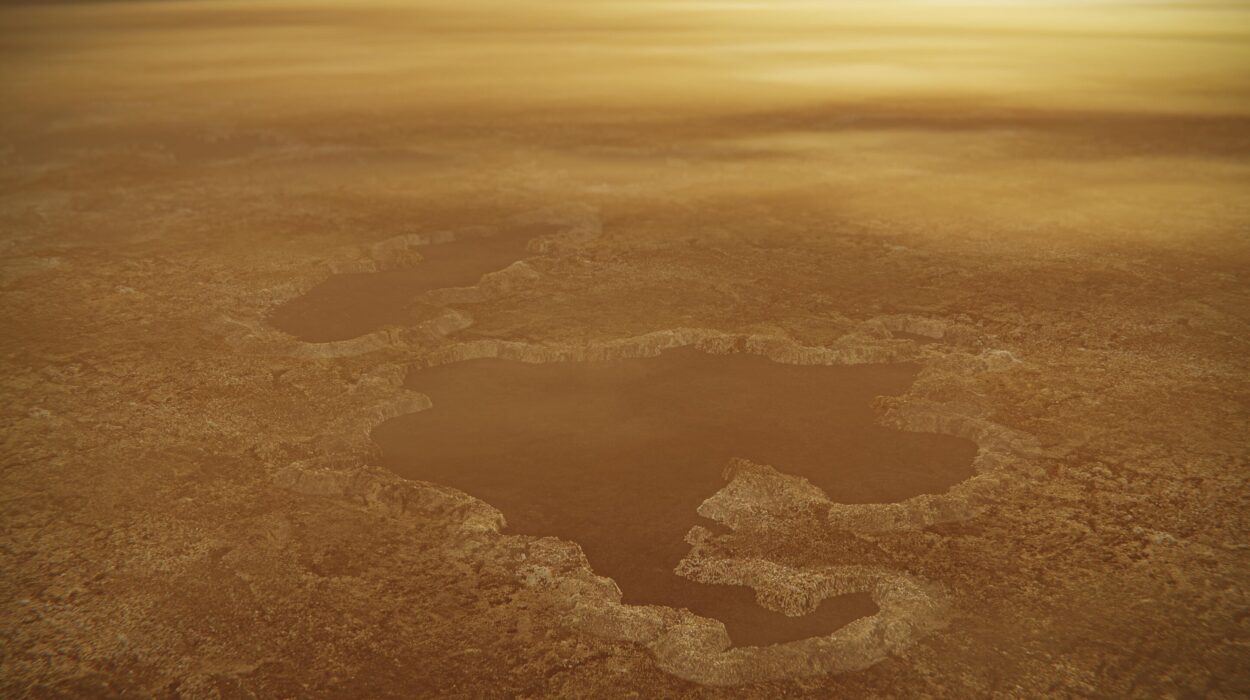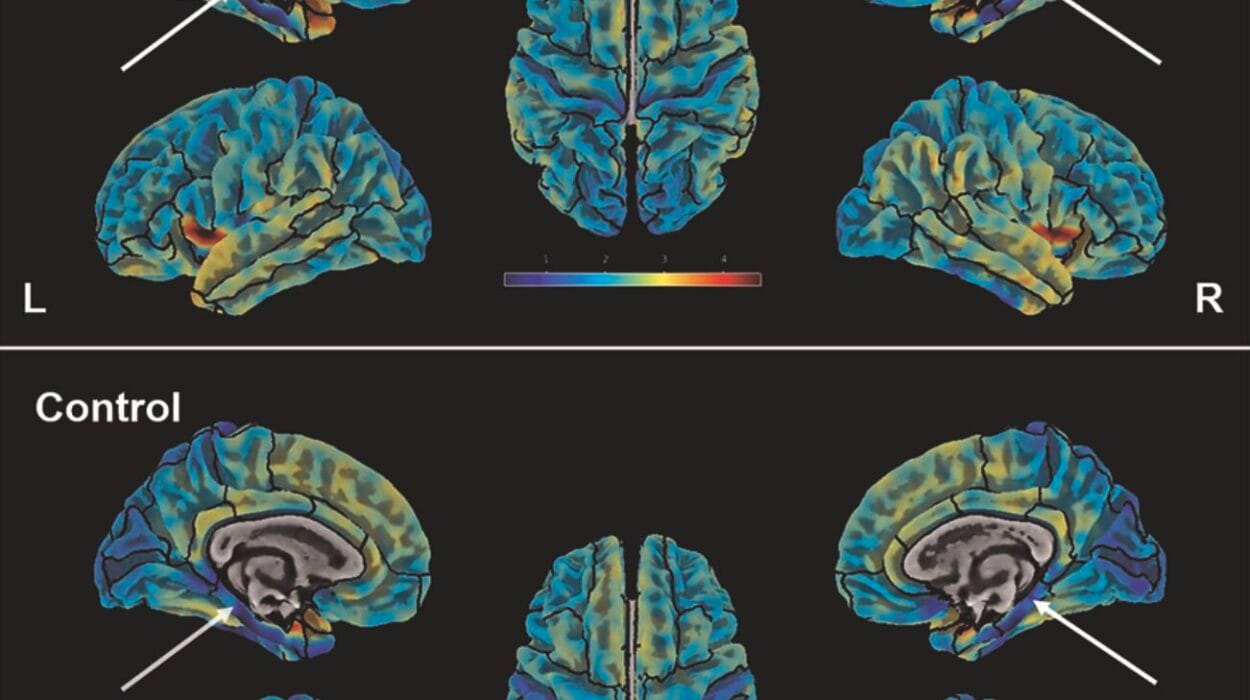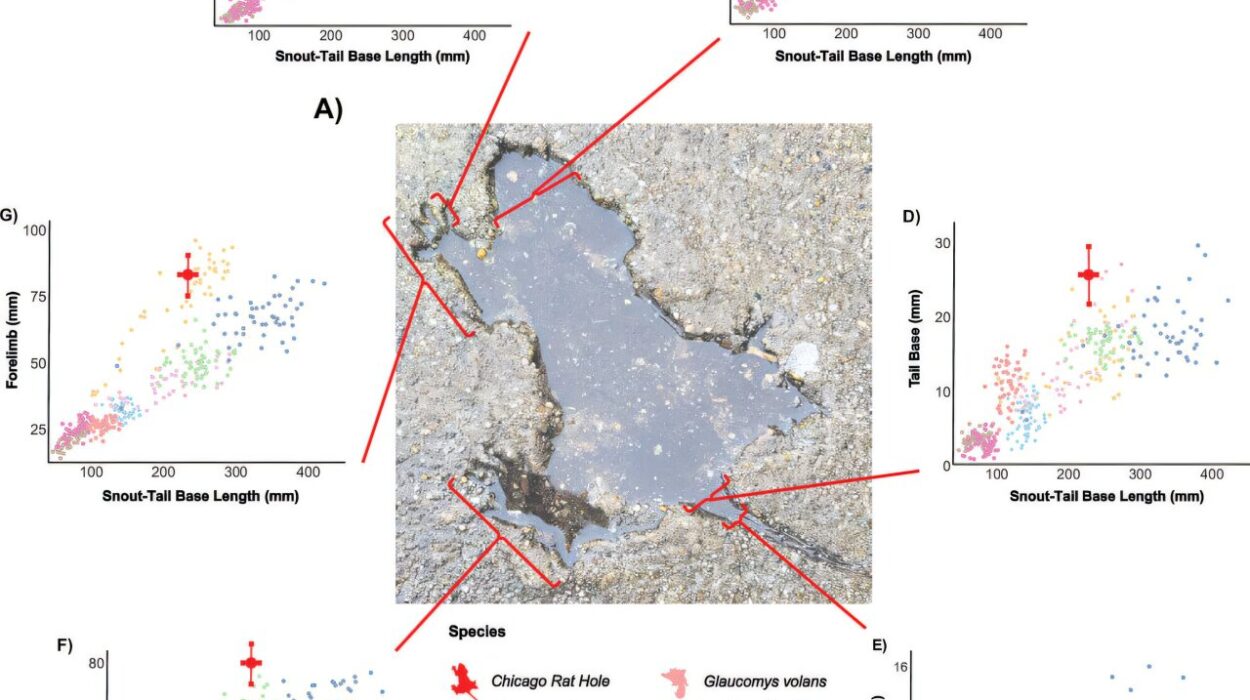They are nearly invisible to the naked eye—microscopic drifters suspended in the world’s oceans, floating with the currents. Yet plankton are arguably among the most influential organisms on the planet. From nourishing whales to regulating the Earth’s climate, their tiny size belies their colossal importance. At the foundation of oceanic food webs and biogeochemical cycles, plankton quietly perform miracles: transforming sunlight into life, capturing carbon dioxide from the atmosphere, and cycling nutrients through marine ecosystems.
Now, a groundbreaking new study offers an unprecedented glimpse into how these marine microorganisms are dynamically adjusting to their ever-changing environment. Conducted by researchers from the Center for Marine Environmental Sciences (MARUM) at the University of Bremen and the Woods Hole Oceanographic Institution (WHOI), the study reanalyzes one of the most comprehensive lipid datasets ever collected in oceanography. The findings, published in Science Advances on May 23, 2025, reveal how the chemistry of plankton’s cell membranes evolves across vast stretches of ocean and depth, offering new insight into their adaptive strategies and, by extension, the future of marine life on a warming planet.
When Chemistry Becomes a Survival Strategy
Cell membranes are the boundary between life and the harsh, shifting world outside. For plankton, these membranes must remain functional whether in the icy Arctic or the nutrient-sparse tropics. The key to this adaptability lies in lipids—fatty molecules that form the structural and functional matrix of every cell membrane.
“Plankton don’t just survive in extreme conditions—they thrive,” says Dr. Weimin Liu, the study’s lead author and a researcher at MARUM. “Their membrane chemistry holds the key to understanding how.”
While previous lab studies hinted that plankton can tweak their lipid composition in response to temperature or nutrient shifts, this study went much further. Instead of confining the research to controlled tanks, the team dove into the real ocean—a far messier, more complex environment—and asked: How do lipid profiles actually change across the globe?
Turning Big Data into Oceanic Insight
The scientists drew from an oceanographic treasure trove: over 200 gigabytes of high-resolution mass spectrometry data, encompassing lipid signatures from 930 seawater samples collected between 2013 and 2020. These samples spanned the Atlantic, Pacific, and Arctic Oceans, reaching from sunlit surface waters down to the dim depths of 400 meters.
The original data were part of a WHOI initiative published in 2022, but Dr. Liu and his collaborators approached them with a new lens. “We didn’t limit ourselves to the usual suspects—known molecules cataloged in databases,” he explains. “Instead, we used network analysis to let the data speak.”
By constructing molecular networks—maps of how similar different lipid molecules are—the team was able to spot patterns that traditional analysis would have missed. This data-driven approach, called environmental lipidomics, integrates chemistry, biology, and machine learning to tease out ecological signals hidden in molecular fingerprints.
Lipids on Ice: Diversity in the Cold
One of the most striking revelations was that the greatest lipid diversity occurred not in the nutrient-rich upwelling zones or tropical gyres, but in the frigid waters of the Arctic and subpolar regions. This might seem counterintuitive—after all, biodiversity is often highest in warmer regions. But chemically, these cold environments demand more from plankton.
“To keep their membranes fluid in freezing temperatures, plankton shorten the lengths of fatty acid chains and increase unsaturation,” says Dr. Liu. “It’s like adding antifreeze to your car in the winter.”
This molecular agility enables them to maintain the flexibility and functionality of their cell membranes even when water temperatures plunge below 0°C. The adaptations also allow polar plankton to occupy a broad array of ecological niches, perhaps explaining the biochemical diversity observed.
Tropical Oceans: Coping with Scarcity
By contrast, plankton in tropical and subtropical waters must contend with a different challenge: oligotrophy, or nutrient scarcity. In these clear, warm regions—far from land-based nutrient inputs—plankton adapt not to cold but to hunger.
The study found that in low-nutrient zones like the central Pacific, lipid profiles shifted in ways that suggest increased reliance on alternative metabolic strategies. Some plankton favored lipids that are more energy-efficient to synthesize, while others seemed to bolster their cell membranes with lipids rich in phosphorus or nitrogen, depending on what was most limiting in the water column.
At mid-ocean depths, where light begins to fade and pressure increases, another pattern emerged: plankton were producing more unsaturated fatty acids. These more flexible molecules may help compensate for the slower metabolic rates and limited energy supply in darker, colder environments, allowing the organisms to function despite environmental stress.
More Than Just Molecules
The implications of these findings stretch beyond cell biology. Because phytoplankton—photosynthetic members of the planktonic community—form the very base of marine food webs, their biochemical adjustments can ripple upward, affecting everything from krill to tuna to whales. Shifts in lipid production can influence the nutritional quality of plankton, alter predator-prey dynamics, and even change the way carbon is sequestered in the ocean.
When plankton die or are consumed, their carbon-rich remains either settle into the deep ocean or are recycled back into the surface waters. This so-called biological carbon pump plays a critical role in Earth’s climate system. If plankton communities adapt in ways that affect how efficiently they store and transfer carbon, the consequences could shape the planet’s future climate.
“This isn’t just about plankton chemistry,” emphasizes Dr. Liu. “It’s about the resilience and adaptability of life—and what that means for the stability of ocean ecosystems under pressure.”
The Power of Open Science
This ambitious reanalysis was made possible by the principles of open science. WHOI’s initial decision to make its massive dataset publicly available opened the door for new discoveries. The study’s success also highlights the growing importance of cheminformatics—using computational tools to understand chemical data—in environmental research.
MARUM’s role in fostering this expertise through its Cluster of Excellence, “The Ocean Floor—Earth’s Uncharted Interface,” underscores a shift in oceanography. No longer just a field of nets and boats, it now requires algorithms, code, and interdisciplinary vision.
“Environmental lipidomics is still a young field,” says Dr. Liu, “but this work shows how powerful it can be when combined with open data and modern computing.”
Looking Ahead: Forecasting Ocean Futures
As climate change accelerates, ocean conditions are shifting rapidly—temperatures are rising, nutrient distributions are changing, and acidification is progressing. Understanding how foundational organisms like plankton respond at a molecular level is crucial to predicting the resilience of marine ecosystems.
This study doesn’t offer all the answers, but it provides a new framework: one where data from across the globe can be mined not just for what we already know, but for patterns we have yet to recognize. In this sense, plankton may be tiny, but their molecules are maps—guides to the invisible transformations taking place beneath the waves.
By deciphering these chemical maps, scientists are gaining a clearer picture of how the ocean is adapting, cell by cell, molecule by molecule. And in a century defined by environmental change, that knowledge may prove more valuable than ever.
Reference: Unraveling plankton adaptation in global oceans through the untargeted analysis of lipidomes, Science Advances (2025). DOI: 10.1126/sciadv.ads4605

